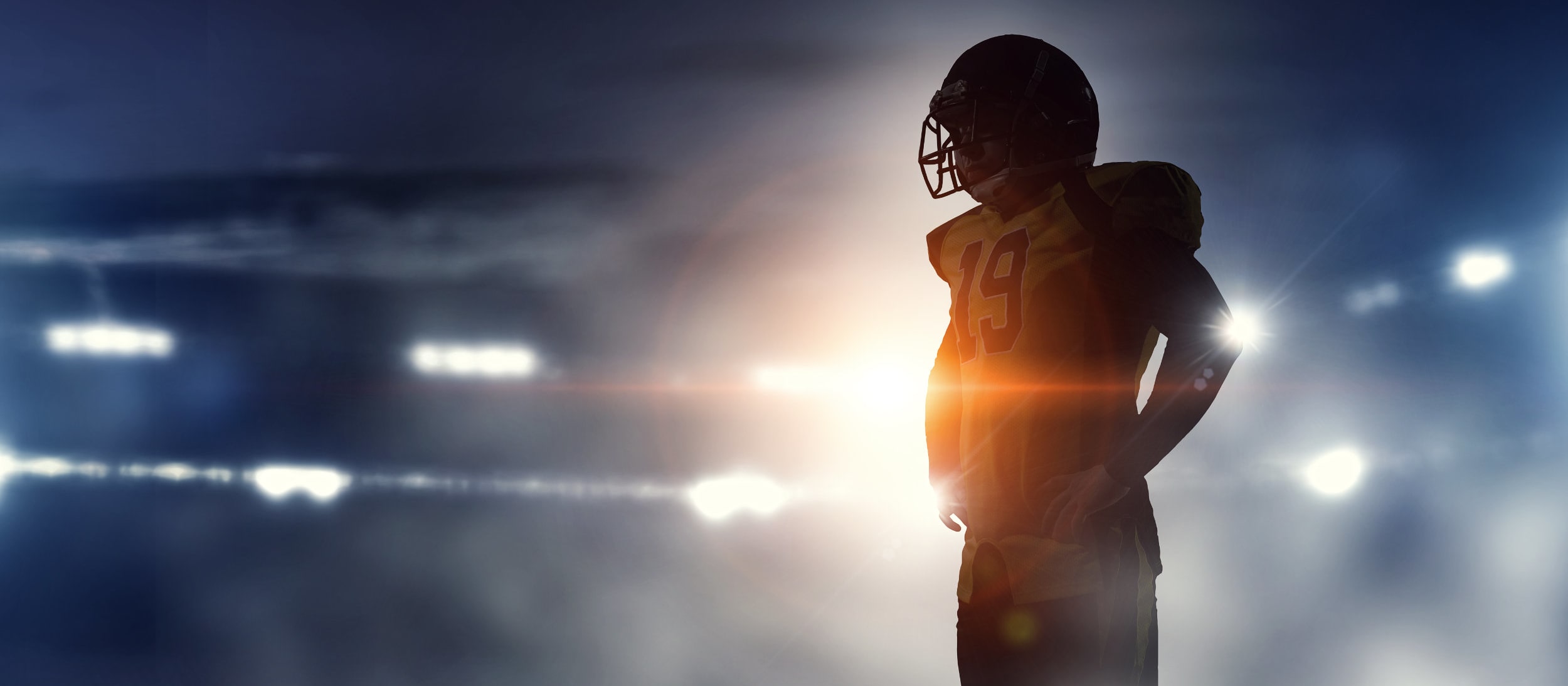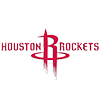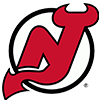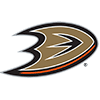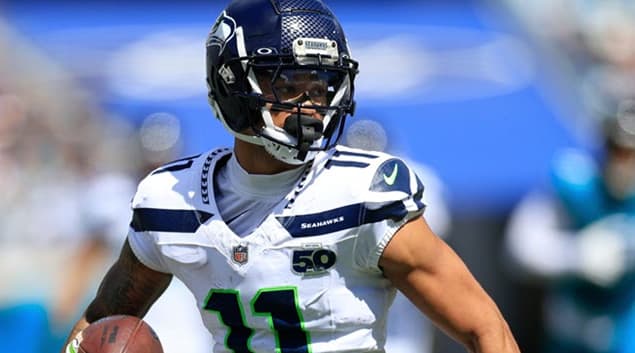How Much Do Great Quarterbacks Help Wide Receivers?
No one in their right mind thinks Larry Fitzgerald has been a consistently-elite fantasy wide receiver because of his recent quarterback situation; rather, Fitzgerald excels in spite of the men throwing him the ball. All other things being equal, we obviously want to draft (and start) receivers with great quarterbacks.
In regard to average draft position, however, the issue becomes a little bit trickier. Since ADP is a reflection of public opinion, we'd expect receivers without standout passers to drop in the rankings. Dwayne Bowe is a big-time receiver, for example, but got selected just 22nd in 2012 fantasy drafts because many believed the combined passer rating of Matt Cassel and Brady Quinn would probably equal that of a league-average passer.
Thinking of fantasy football as a stock market, I've long questioned whether players with well-known weaknesses, such as receivers without competent quarterbacks, actually drop too much in preseason rankings. In the same way it's often smart to bet the under in Saints-Patriots games despite the fact that they're going to put a ton of points on the board, perhaps the wisdom of the fantasy football crowds unnecessarily deflates the value of players with question marks; that is, maybe we're all overvaluing the importance of an elite quarterback, at least in regard to wide receiver fantasy value.
To figure this out, I researched every quarterback with a passer rating of at least 92.0 (elite) and every one with a passer
How Much Do Great Quarterbacks Help Wide Receivers?
No one in their right mind thinks Larry Fitzgerald has been a consistently-elite fantasy wide receiver because of his recent quarterback situation; rather, Fitzgerald excels in spite of the men throwing him the ball. All other things being equal, we obviously want to draft (and start) receivers with great quarterbacks.
In regard to average draft position, however, the issue becomes a little bit trickier. Since ADP is a reflection of public opinion, we'd expect receivers without standout passers to drop in the rankings. Dwayne Bowe is a big-time receiver, for example, but got selected just 22nd in 2012 fantasy drafts because many believed the combined passer rating of Matt Cassel and Brady Quinn would probably equal that of a league-average passer.
Thinking of fantasy football as a stock market, I've long questioned whether players with well-known weaknesses, such as receivers without competent quarterbacks, actually drop too much in preseason rankings. In the same way it's often smart to bet the under in Saints-Patriots games despite the fact that they're going to put a ton of points on the board, perhaps the wisdom of the fantasy football crowds unnecessarily deflates the value of players with question marks; that is, maybe we're all overvaluing the importance of an elite quarterback, at least in regard to wide receiver fantasy value.
To figure this out, I researched every quarterback with a passer rating of at least 92.0 (elite) and every one with a passer rating below 85.0 (poor) from 2007 to 2010. Then, I looked up the ADP of his top receiver in the following season. Tom Brady turned in a league-best 111.0 passer rating in 2010, for example. His top receiver, Wes Welker, was drafted 15th among wide receivers in 2011 but finished third in standard scoring leagues. I chose to compare the passer rating of a quarterback in Year X to the ADP and final fantasy rank of his top receiver in Year X+1 so the rating wouldn't be influenced by the performance of the receiver (and vice versa).
At first glance, it appeared as though receivers with poor quarterbacks (those who had a passer rating of 85.0 or lower in the previous season) finished higher than those with elite quarterbacks, at least relative to their ADP. The bad-quarterback receivers dropped an average of eight spots in the rankings as compared to their preseason ADPs, while the elite-quarterback receivers actually drop an average of 10 spots in comparison to their ADP. (Note: The majority of receivers didn't live up to their ADPs because, as No. 1 options on their respective teams, their ADPs didn't allow much room for improvement. The No. 1 overall receiver can't possibly improve upon his ranking, for example).
Actually, 36.7 percent of the receivers in the "bad quarterback" group were able to exceed their preseason ADPs, compared to just 16.7 percent for the wideouts in the "elite quarterback" group. So obviously wide receivers with sub-par quarterbacks have been undervalued, right?
No so fast. The problem was that, with an average ADP of 11.8, the "elite quarterback" group had far more room to drop than the "bad quarterback" group, whose average ADP was way down at 22.8.
To correct for differences in ADP, I assessed only those receivers who were considered WR2 options prior to the season, i.e. those with an ADP between 13 and 24. After doing that, the results changed drastically. Of those receivers with poor quarterbacks in the previous season, only 23.1 percent were able to exceed their ADPs. In comparison, 40 percent of the receivers with elite quarterbacks in the prior year were able to exceed their ADPs.
Ultimately, I'm not sure there's enough evidence either to target or avoid specific receivers. One thing I'll say is it appears as though the area in which you're drafting might dictate your strategy a bit. The receivers taken early in drafts are highly scrutinized; everyone who drafted Larry Fitzgerald as the No. 2 wide receiver this year was fully aware of his horrible quarterback situation.
Because that was a factor in his ADP, it means that Fitzgerald ironically may have possessed some upside with a sub-par quarterback; with everyone already anticipating poor quarterback play, there was room for Fitzgerald to improve upon his ADP if Kevin Kolb had been able to surprise some people (it turns out that he has, but not in a good way).
On the other hand, targeting receivers with elite quarterbacks might be smart in the middle and late rounds. Those types of receivers won't get the targets necessary to make up for poor quarterback play, so they need a Drew Brees-esque player to vault them into relevant fantasy territory. We saw this happen with Greg Jennings in 2008; ranked 19th in the preseason, the remarkable play of Aaron Rodgers was the impetus for Jennings' fourth-place fantasy finish.
Jonathan Bales is the author of Fantasy Football for Smart People: How to Dominate Your Draft. He also runs the "Running the Numbers" blog at DallasCowboys.com and writes for the New York Times.


